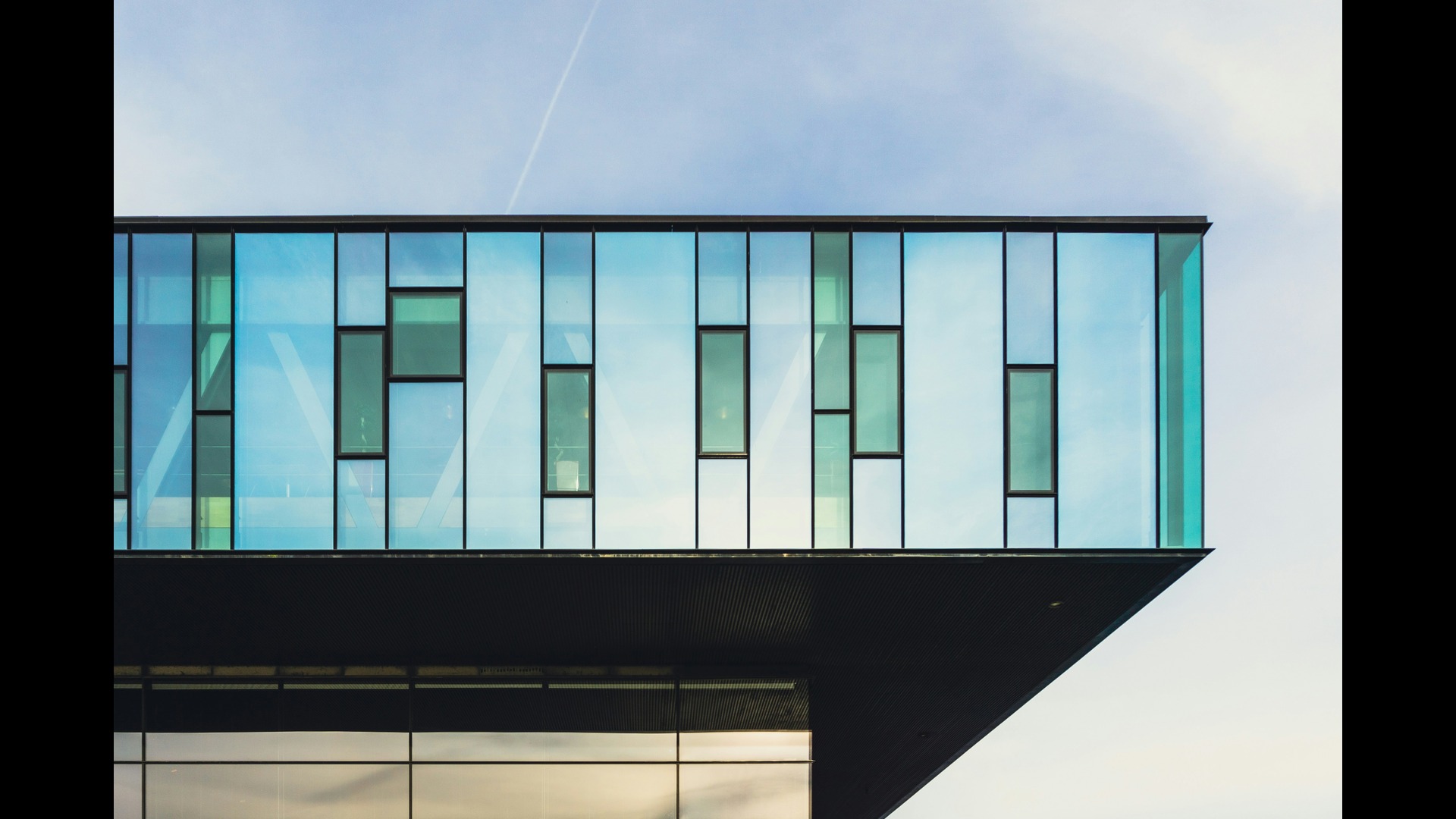



Revolutionized is reader-supported. When you buy through links on our site, we may earn an affiliate commision. Learn more here.
Kinetic architecture marks a change in how tall buildings perform. Instead of fixed envelopes, facades now react to weather in real time. The concept of a “living” building is one that actively adapts to its environment, modulating heat, light and air as conditions shift. For property owners and managers, this promises better comfort and reduced utility expenses. Discover how kinetic metal facades achieve this in practice.
A kinetic facade is a building exterior featuring elements that move in response to environmental cues. Panels rotate, louvers slide, and screens fold to regulate airflow, sun and light.
This motion is purposeful. It is driven by sensors and control logic to manage heat gain, ventilation, glare and daylight, while creating a recognizable identity for the building envelope. These components work together to form an intelligent “skin” for the building, constantly adjusting its appearance and permeability.
At the core of this movement is a feedback loop. Sensors track wind, temperature, solar angle and interior light levels, then controllers reposition facade elements to hit setpoints for comfort and efficiency. Such gains matter because lighting and ventilation together account for about 20% of energy use in U.S. commercial buildings, so better control pays off in real dollars.
Actuated panels and louvers regulate solar heat gain to reduce cooling loads during warm periods and allow heat to enter when conditions permit. U.S. Department of Energy work on dynamic glazing shows how responsive envelopes cut HVAC and lighting demand through controlled transmittance and shading strategies.
Specific panels or louvers open to channel airflow, improving indoor air quality, promoting crossflow and providing passive cooling. Strategic natural ventilation in existing buildings can lower energy use while preserving comfort, an approach applicable to new high-rise envelopes that open and breathe on demand.
Automated skins balance daylight capture with glare control, so interiors depend less on electricity while staying comfortable. Research shows that controlled daylighting cuts a building’s electricity use by as much as 50% without causing overheating, especially when paired with responsive shading.
An effective kinetic facade depends on the materials used. Components cycle thousands of times, so durability, weather resistance and structural integrity are nonnegotiable. Metals are favored because they maintain performance under repeated movement. They can also handle wind loads and tolerate temperature swings without creep.
Surfaces must resist corrosion as they move through the environment. Stainless steel is a staple since it forms a thin and self-renewing chromium oxide layer that protects the substrate when exposed to oxygen. This is what makes stainless steel corrosion-resistant. For large moving components, a high strength-to-weight ratio is essential to minimize the mechanical load on motors and the building’s structure.
Several projects show how the concept performs outside of simulations.
In Abu Dhabi, Al Bahar Towers uses a mashrabiya-inspired array of motorized shading units to track the sun and limit solar gain. The design is meant to improve comfort in a harsh climate while reducing cooling demand. Another example is Austria’s Kiefer Technic Showroom, which features an articulated façade of folding panels that has reduced energy use by more than 50%.
Design, media and research coverage over the past years also document how dynamic envelopes coordinate daylighting, shading and even photovoltaic integration. This signals a shift from static skins to responsive systems at scale.
Kinetic metal facades turn towers into responsive systems that manage light, heat and air minute by minute. As materials and controls improve, these envelopes provide a practical route to reducing operating costs and carbon emissions, while maintaining occupant comfort. For dense urban cores, a living facade is a realistic path to buildings that operate quietly and sustain themselves.
Revolutionized is reader-supported. When you buy through links on our site, we may earn an affiliate commision. Learn more here.


This site uses Akismet to reduce spam. Learn how your comment data is processed.